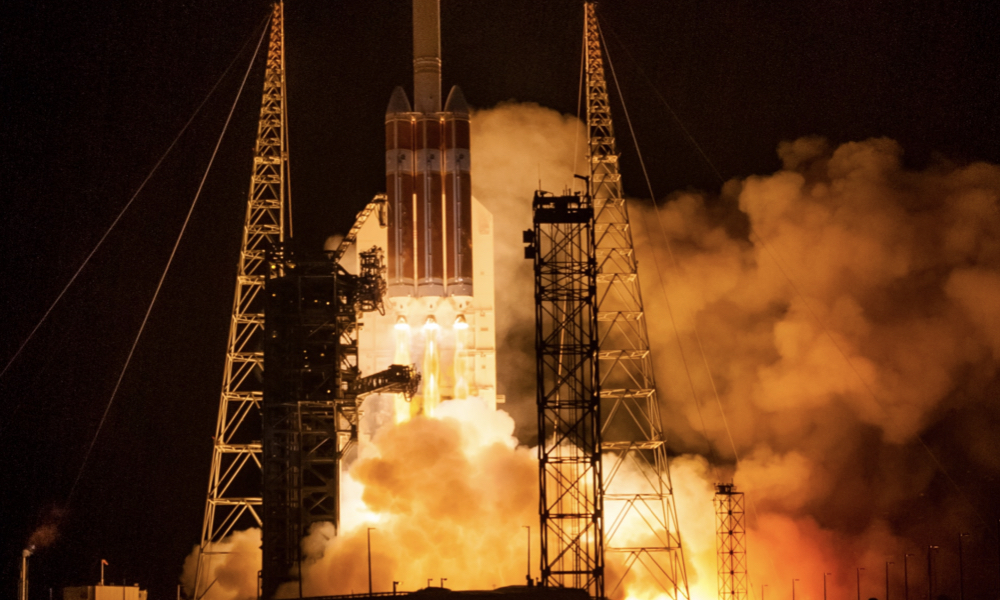
ESA Open Invitation To Tender AO8334
Open Date: 19/10/2015
Closing Date: 30/11/2015
Status: ISSUED
Reference Nr.: 15.129.08
Prog. Ref.: TRP
Budget Ref.: E/0901-01 – TRP
Special Prov.: BE+DK+FR+DE+IT+NL+ES+SE+CH+GB+IE+AT+NO+FI+PT+GR+LU+CZ+RO+PL
Tender Type: C
Price Range: 200-500 KEURO
Establishment: ESTEC
Directorate: Directorate of Technical & Quality Manag
Department: Mechanical Engineering Department
Division: Mechatronics and Optics Division
Contract Officer: Almeida, Rudolfo
Last Update Date: 19/10/2015
Update Reason: Tender issue
A Clock Control Unit (CCU) solution for a Sr lattice atomic clock (based on an interferometer and one based an optical frequencycombs (including Kerr combs)) shall be proposed. In order to verify the adaptability of the design the final development shalldemonstrate the capability to control up to 9 lasers simultaneously. The design choices need to be clearly outlined including futureevolution possibilities based on developments in other technical domains vis-a-vis micro-optic frequency combs (Kerr combs).Following a thorough performance and implementation trade-off the activity shall converge on a robust solution that best meets theindicated performance and environmental (interface) requirements.Verification and control, in both the spectral and timing domain,are an essential component of any laser cooled atomic system where precise atomic state preparation must be realized,and maintained, during a coherent measurement cycle. In such systems there is a requirement for the simultaneous spectral measurement, verificationcontrol during pre-defined timing duty cycles leading to the atomic state re-distribution and control which is the hallmark of theseexperiments.The final atomic state/s are achieved with the control of many different, sometimes widely spaced , wavelengths puttingvery specific requirements on an eventual system that can combine all features in a single measurement unit. The measurement andcontrol system must also be designed to be self-calibrating in order to avoid and eliminate spectral drifts over the accumulatedmeasurement cycles. The development of functional Optical Atomic Clocks (lattice and ion) as well as the application domains of ColdAtom Interferometry(gradient gradiometry, Inertial navigation,..) depends on such a control and verification system.In fact the application of any stabilized laser system over discrete timing periods will also benefit from the availability ofsuch a measurement system. The development of a technically compliant CCU will form a key element in the road map of a flightoptical atomic clock. The CCU shall, eventually, be a fully computer controlled system being the digital interface to the experiment in any eventual space mission enabling real-time experimental control and use of the generated scientific data. Procurement Policy: C(1) = Activity restricted to non-prime contractors (incl. SMEs). For additional information please go to EMITS news “Industrial Policy measures for non-primes, SMEs and R&D entities in ESA programmes.
If you wish to access the documents related to the Invitation to Tender, you have to log in to the ESA Portal.
